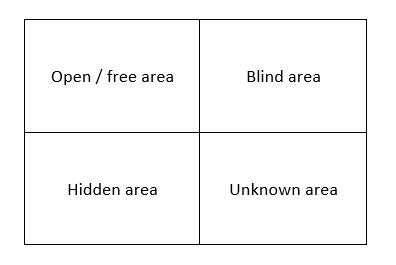My mother bought an iPad recently.
I know – there’s nothing ground breaking about that. According to recent estimates Apple have sold over 360 million since 2010.
Did I say my mother is also in her seventies and that she has never really experienced the internet first-hand before?

(Photo by Ryan McGuire, available on Gratisography under a Creative Commons Zero licence).
How do you explain to someone how they can make use of something that has so many applications? Well, with so many possibilities the last thing I wanted to do was overwhelm and discourage her by having her believe that there’s too much to learn. We all have to start somewhere – regardless of our age, right?
Some of the earlier digital learning theories, such as Prensky’s debunked digital natives and immgrants theory, have perhaps helped to cement the idea that technology is predominantly the arena in which younger people thrive. Although attitudes are changing, the Office for National Statistics still reports a lot of disparity in internet use between younger adults (16-24 year olds) and the over 75s. In the article 10 ways to help older people use the internet in the Telegraph Kazimi cites “apathy and fear” as two reasons why the internet turns older people off, but I’d add a third dimension – that of “not knowing what you don’t know.”
In short, it’s difficult to see the relevance of something when you’re simply not aware of what it has to offer.
When thinking about something that’s on the scale of the internet Ingham and Luft’s Johari Window model for self-awareness and personal development has a lot of resonance for me. The Johari window model is a really useful way to map out our understanding of a given topic (or lack of) with others and helps individuals to recognise the gaps in their knowledge and share experiences. The Business Balls site (link above) provides a detailed overview of the theory, but the model itself breaks down a topic into four key areas, represented by the window diagram below:-

The first section of the window is the ‘Open/free area’ and this represents what an individual, in this case, my mother, already knows about the internet and what I know too. Given that my mother’s understanding is based on anecdotal evidence rather than first-hand experience, there’s lots of opportunities here to dispel some commonly held myths about the internet. Yes, it can be the horrible and nasty place that the media often presents it as, for all sorts of reasons, but it can also be a place that brings people together. It’s only by adopting a balanced view can people hope to tap into the many benefits, rather than letting ‘the fear’ Kazimi alluded to earlier prevent older people from even trying it out in the first place.
The second section, the ‘Blind area,’ represents the area where I can probably help the most, as it’s that area where I have some knowledge to bear, but she doesn’t. This is where I didn’t want to let my enthusiasm run away with me and focus too much on the things that I find useful, which may only serve to further baffle and confuse a newbie.
To address this, I gave some serious thought to what she might find useful – things like photography, the TV programmes that she likes and keeping in touch with the family.
- Photography was an instant quick win – the camera options on the iPad 3 gives plenty of features for the novice to ‘wow’ and ‘ooo’ over, but doesn’t have so much that it’s too difficult to learn. Simple techniques, like cropping, removing red-eye from people and being able to zoom easily (my mother wears glasses and struggles to see detail) were instant quick wins.
- Being able to watch her favourite TV shows at a time and place that suited her was also a revelation for someone that has been bound by the constraints of terrestrial TV. iPlayer, the ITV hub and so on all provided her with the flexibility to watch at a time and place that suited her – again, quick wins.
- Social media plays a big part of my internet use, but the weird and wonderful world of microblogging, photo sharing and social networking might be a step too far for my mother. However, I do know that her sister (who, incidentally lives in a different city in the UK) uses WhatsApp to contact her family, so that might be a good starting point. Starting out with close family and friends first on a site like WhatsApp, which is relatively basic and intuitive compared to many other social networking sites out there, was a good introduction. Baby steps.
The final two sections of the Johari window are worth highlighting too – the hidden section refers to things that my mother knows and can share with me that I don’t know. I don’t think that we are at that stage yet, as she’s still finding her feet, but in time I look forward to her sharing things she has learnt with me that I didn’t know.
And finally, the ‘unknown area’ of the Johari window represents that part of the topic that neither of you know about. This may sound a little odd and you may wonder why we need to have this section, but sometimes I think we need to remind ourselves that we, as regular users of the internet, still have much to learn too and it is only by sharing our experiences with others that we grow ?

